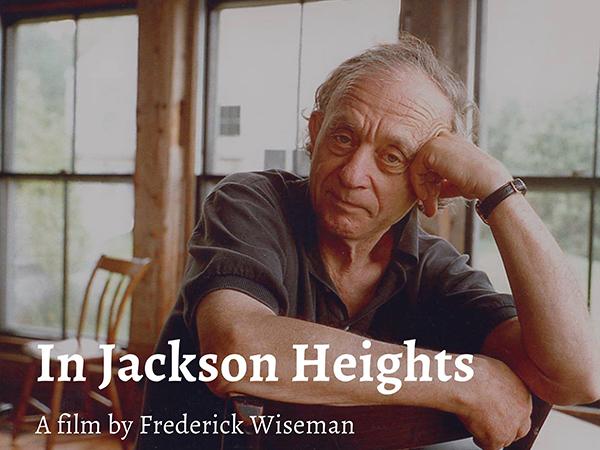‘In Jackson Heights’ director Frederick Wiseman talks gentrification

Frederick Wiseman’s latest film, “In Jackson Heights,” explores the diversity of the Queens neighborhood.
November 3, 2015
Few filmmakers are as consistently prolific as Frederick Wiseman. He has made more than 40 documentaries since his debut with 1967’s “Titicut Follies,” an exploration of a mental hospital. Over and over again, Wiseman has sought to examine how places and institutions can reveal truths about U.S. society. His latest, “In Jackson Heights,” is about the diversity of the Queens neighborhood. Epic in scope, the movie examines everything from area’s food to its very active political life. WSN talked to Wiseman about his experiences making the film and how he compresses all of his footage into a final work.
WSN: What made you choose Jackson Heights to document?
Frederick Wiseman: I knew that it was a community of new immigrants to America. I was really interested in learning about how they were living and the kind of issues they were dealing with in the context of America being a country of immigrants.
WSN: Did you come in knowing who you would choose as heroes in the film? It seemed like Daniel Drohm and a couple others took on that role.
FW: Well he’s not in it that much. He’s important in the film because he is the city council member of Queens so he’s involved in a lot of the activities that are important in the community like schools. I never even think he touches a lot of activities in the film. All I do during shooting is accumulate sequences and I have no idea what they are going to be beforehand. The characters are a consequence of what I shoot.
WSN: A lot of characters in the film talk about experiencing prejudice, whether from outside or from the police. In some of your interviews you have talked about experiencing anti-semitism in your life. Did it seem like their experiences were similar to yours in that respect?
FW: Well, I experienced antisemitism that was more social than economic. In college, the fraternity system was very dominant and Jews weren’t accepted into fraternities. It was economic in that Jews were having trouble getting jobs in some industries. Well I take back that it was more social than economic. I was a second generation immigrant. In this movie, most people are first generation.
WSN: You’ve talked a lot about how you edit sequences. There were a lot of sequences that were maybe five or 10 minutes in the film. I can think of one where at a meeting a guy is in detail explaining how the process of gentrification will work. Were those sequences edited heavily in the film?
FW: That sequence originally lasted about an hour and 40 minutes.
WSN: Could you talk a little about the process of editing down a sequence like that?
FW: What I have to do is study the sequence. When I say study it has nothing to do with the technical aspects. I’m analyzing what is going on in the sequence. If I don’t understand what is going on, I can’t decide whether to use it or how to use it.
WSN: Are you working on anything now?
FW: I’m working on choreography for a ballet based on my movie, “Titicut Follies.”
WSN: So how do you incorporate mental illness into dancing?
FW: That’s one of the challenges. We’re trying to figure out how. The ballet is going to premiere in New York in 2017.
WSN: Do you know where?
FW: I don’t know where yet. Maybe at NYU at the Skirball Theatre, but that’s not settled yet.
“In Jackson Heights” opens Nov. 4 at Film Forum.
Email Tony Schwab at [email protected].























































































































































